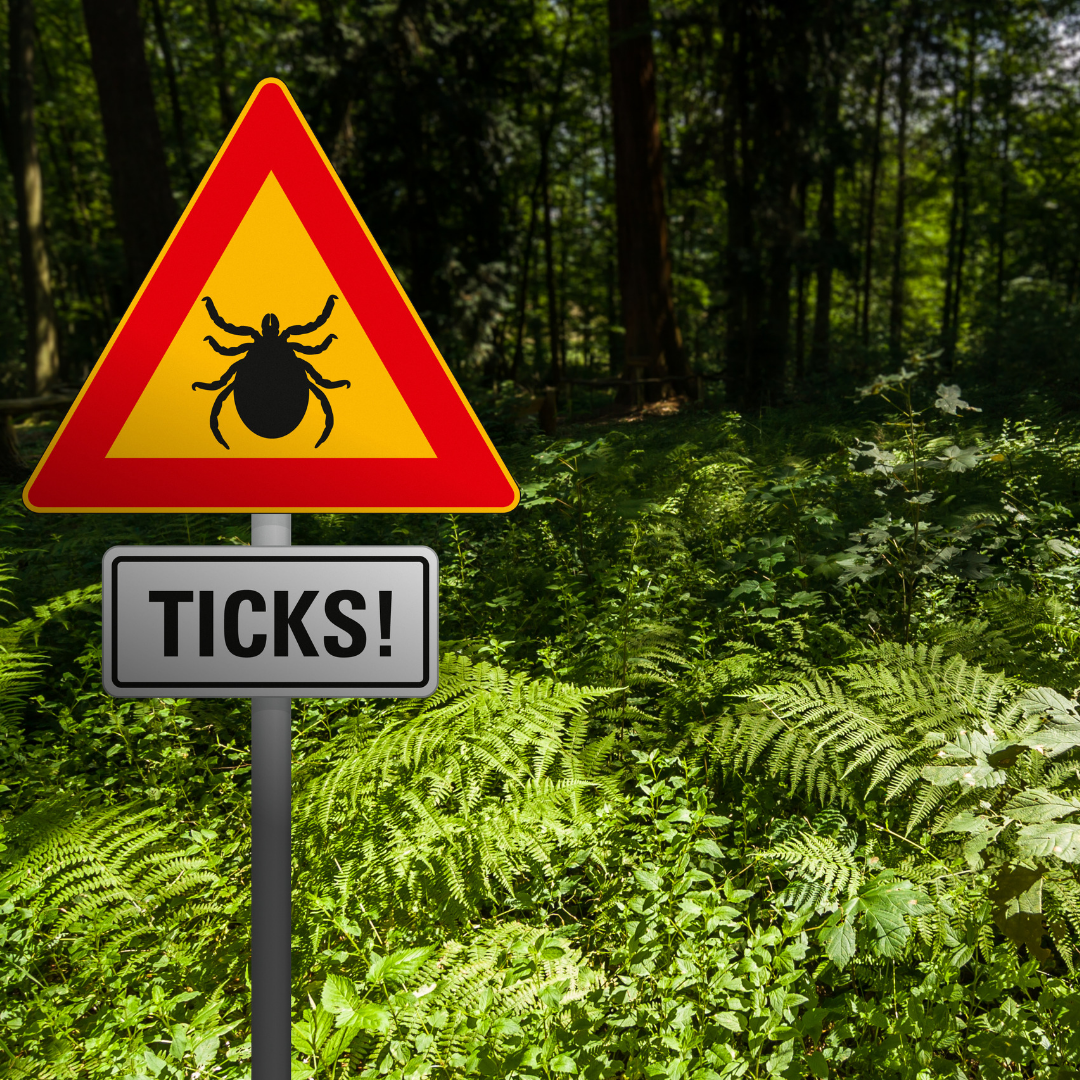Lyme disease affects an estimated hundreds of thousands of people each year, and you might be nervous about how Lyme is actually spread. It seems like everyone is getting Lyme and while that isn’t true…everyone is susceptible. Keep reading to learn how Lyme spreads (and how it doesn’t.)
How is Lyme disease transmitted?

Borrelia burgdorferi, the bacteria that causes Lyme disease, is typically transmitted through black-legged tick (often referred to as a deer tick) bites. These ticks feed on blood to survive and will bite and attach to its host. While it is most prevalent on the east coast, Lyme disease has been reported in all 50 states.
Lyme is not an infectious or airborne disease, so you don’t need to worry about staying out of contact with people who have the disease. However, even though there are no “*reported cases” of Lyme being transmitted through other means of blood transfusion, breast milk or infected meat, you should still be wary of contracting Lyme, considering how Lyme research and answers are limited.
Where are infected ticks found?
Technically, anywhere in the world. Ticks are found anywhere their hosts live. These hosts include white-footed mice, shrews, certain birds, chipmunks, small mammals, and most commonly known, deer.
Common areas are:
- Moist, shady areas
- Piles of leaves
- Tall grass or bushy areas
- Woodpiles
- Stonewalls
- Lawn edges that meet forest area
While ticks can be found in all states during all times of the year, ticks are more commonly found on the Northeastern United States and their peak activity season is April through September.
Can you get Lyme in vitro?
There have been cases where Borrelia burgdorferi is tested positive in children of a parent who has Lyme. This transmission method is not as commonly known as carrier ticks to humans.
Check out this story about Heather to hear more about how she unknowingly passed Lyme onto her children.
Can you get Lyme from breast milk?
Maybe. There haven’t been any “*reported cases” of Lyme disease being spread through breast milk, though.
It should be noted that there are antibiotics that are considered safer than others. Women who are breastfeeding while on antibiotics should be sure to look at these options.
Can Lyme be transmitted sexually?
Again, there are not “*reported cases” that Lyme can be transmitted sexually. In a 2014 study, spiral-shaped bacteria has been found in vaginal secretions and semen from those infected with Lyme, but this does not prove that these microbes were necessarily deposited during sex.
It is not unlikely that two sexual partners will both be infected with Lyme since they are in such close quarters, in which ticks could bite both of them.
Can you get Lyme through blood transfusion?
There are also not “*reported cases” where Lyme is linked to blood transfusion. Something to note, though, is that you cannot donate blood when you have tested positive for Lyme until your treatment is complete.
Lyme bacteria is found in additional fluids such as saliva and urine but has not proven to be spread through these bodily fluids.
Can I get Lyme disease from my pets?
 It is not uncommon for house pets to bring carrier ticks into your home hidden away in their fur. (Be sure to check your pets for ticks after they have spent time outside.) However, you shouldn’t worry about your dog licking or biting you and transmitting Lyme disease. Pets can contract Lyme disease, but they cannot pass it to another pet or to another human.
It is not uncommon for house pets to bring carrier ticks into your home hidden away in their fur. (Be sure to check your pets for ticks after they have spent time outside.) However, you shouldn’t worry about your dog licking or biting you and transmitting Lyme disease. Pets can contract Lyme disease, but they cannot pass it to another pet or to another human.
Is Lyme preventable?
In some cases, it is preventable. Wearing protective clothing and staying away from areas where ticks are abundant is ideal. However, checking for ticks is the best way to prevent contracting Lyme. If you find a tick attached to you, try to stay calm and remove it as quickly as possible.
If you suspect you have Lyme disease, see a doctor immediately. Ask questions and request that you be tested. The Lyme community is lacking in answers about how Lyme is spread and why people continue to have lasting symptoms when some people appear fine after treatment. We do know, though, that your best chance at beating Lyme is to catch and treat it early.
*reported cases refers to evidence that has been reported according to the CDC
There may be cases where it is believed that Lyme has been transmitted through one of these methods but has not been considered reported and/or is considered anecdotal evidence and has not been proven scientifically.

